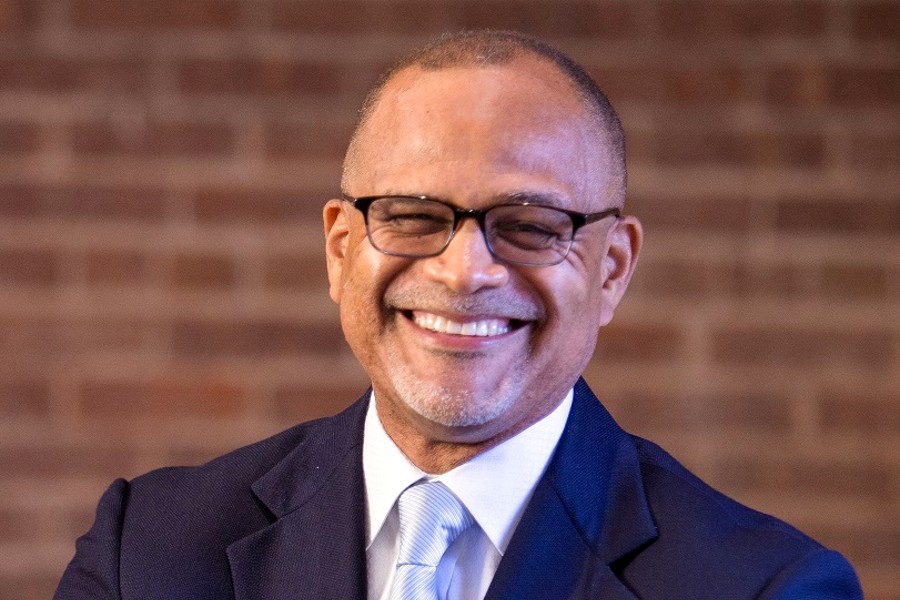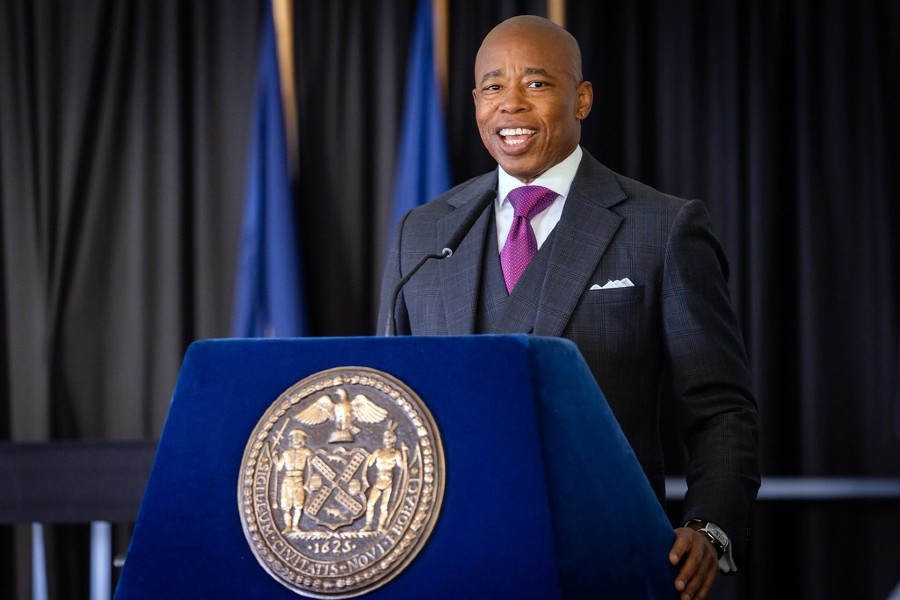
New York City Mayor Eric Adams today celebrated Intro. 93-A becoming local law, codifying New York City’s ambitious health agenda — “HealthyNYC” — that seeks to extend the average life expectancy of New Yorkers to record lengths.
Unveiled last fall, HealthyNYC sets ambitious targets to address the greatest drivers of premature death, including chronic and diet-related diseases, screenable cancers, overdose, suicide, maternal mortality, violence, and COVID-19. Overall, the campaign aims to extend the average life expectancy of New Yorkers to 83 years by 2030, with gains across racial and ethnic groups. The new law will hold New York City accountable to these goals, requiring the New York City Department of Health and Mental Hygiene (DOHMH) to submit reports on its progress as it works to extend life expectancy, and to return to the table every five years to establish new goals and a new agenda to improve health and life expectancy, based on current data.
“Last year we launched ‘HealthyNYC,’ our campaign to give New York City extra life and help New Yorkers lead healthier, longer lives,” said Mayor Adams. “Our administration aims to increase New Yorkers’ life expectancy to over 83 years by 2030 — not only recovering years lost during the pandemic but also surpassing our previous high by tackling chronic disease, violence, maternal mortality, overdose, and more. Intro. 93-A codifies the goals of ‘HealthyNYC,’ ensuring this work lives beyond all of us — helping build a healthier, more prosperous city where everyone can thrive. It will take all of us to reach these ambitious goals, and I’m grateful to the City Council for their commitment to improving the health of all New Yorkers.”
“Our city is at its most vibrant when we support every person in every community and help them live longer, healthier lives,” said Deputy Mayor for Health and Human Services Anne Williams-Isom. “Codifying the goals of ‘HealthyNYC’ is an important step in ensuring that these targets remain a priority for years to come. Ultimately, these goals are not only about extending New Yorkers’ lifespan but also working to better the life in those additional years.”
“New Yorkers, and all Americans, are suffering too much and dying too soon, and this is preventable” said DOHMH Commissioner Dr. Ashwin Vasan. “Our city’s and our nation’s falling life expectancy, after more than a century of steady growth, is a symptom of a wider American crisis in the way we conceive of and organize ourselves around health and wellbeing, focusing far too much on reactive care and treatment, and not enough on proactive preventive and societal strategies. By creating ‘HealthyNYC,’ and now codifying it in our city’s planning and public policy, we are holding ourselves accountable to the goals we’ve set and also acknowledging that this will require a sustained, persistent effort that transcends politics and goes beyond the bounds of any tenure or term. This administration knows that the promise to ourselves and our children, that we live in a society where we can expect health and longevity, is the challenge of our time. It is a measure of our civic project and the strength of our democracy, and it will take all of us working together in an aligned and coordinated way to achieve longer, healthier lives in our city.”
“In codifying ‘HealthyNYC,’ we’re not just setting goals — we’re building a legacy of health equity,” said New York City Councilmember Lynn Schulman, chair, Health Committee. “Intro 93-A is a game-changer in our ongoing mission to address the root causes of health disparities and ensure equitable access to health care services for every New Yorker. This legislation is unique in that it ensures that our city’s health goals are independent of any one government or elected administration. By mandating annual progress reports and stakeholder input, we are setting a precedent for municipalities nationwide. Together, we’re paving the way for a healthier, more resilient, New York City for generations to come.”
Intro. 93-A — sponsored by New York City Councilmember Lynn Schulman — requires DOHMH to develop a recurrent five-year population health agenda for the purpose of improving public health outcomes, addressing health disparities, and improving quality of and access to health care for New Yorkers, with the overarching goal to increase life expectancy and improve health in New York City. This bill also requires DOHMH to submit this agenda to the mayor, the New York City Council speaker, and post on the department’s website.
This law complements and codifies HealthyNYC, the city’s population health agenda launched in November 2023 by Mayor Adams. HealthyNYC aims to address the life years lost during the COVID-19 pandemic to the virus and other causes and bring life expectancy in New York City to a historic high. While COVID-19 was the biggest driver of the decrease in life expectancy in 2020, other causes also contributed to this decline, both locally and nationally. For example, overdose deaths increased in 2020 and 2021. Other drivers of decreasing lifespans that HealthyNYC seeks to tackle include gun violence and chronic diseases, like diabetes. To address this trend, HealthyNYC outlines the following ambitious goals:
- Reduce cardiovascular disease and diabetes by 5 percent by 2030;
- Reduce screenable cancers — including lung, breast, colon, cervical, and prostate cancers — by 20 percent by 2030;
- Reduce overdose deaths by 25 percent by 2030;
- Reduce suicide deaths by 10 percent by 2030;
- Reduce homicide deaths by 30 percent by 2030;
- Reduce pregnancy-associated mortality among Black women by 10 percent by 2030; and
- Reduce annual COVID-19 deaths by 60 percent by 2030.
By reaching these milestones, the city can bring life expectancy above 83 years by 2030 and reduce existing racial disparities in life expectancy. The city employs a number of strategies to achieve these reductions in deaths, including:
- Increasing access to naloxone, proven harm-reduction, and treatment and recovery centers to reduce overdose deaths;
- Expanding access to culturally-responsive mental health care and social support services, including early intervention for communities of color and LGBTQIA+ youth, and addressing the impact of social media on youth mental health and suicidal ideation to reduce suicide deaths;
- Increasing new families’ access to quality health care and social support to reduce pregnancy-associated mortality among Black women; and
- Increasing access to healthy foods and promoting plant-forward diets to reduce chronic and diet-related disease deaths.
The major steps outlined in HealthyNYC build on the Adams administration’s efforts to building a healthier and safer city, including programs launched in “Care, Community, Action” — the city’s plan to improve family and child mental health while addressing the overdose crisis — as well as Mayor Adams’ “Blueprint to End Gun Violence.”
Become a Harlem Insider!
By submitting this form, you are consenting to receive marketing emails from: Harlem World Magazine, 2521 1/2 west 42nd street, Los Angeles, CA, 90008, https://www.harlemworldmagazine.com. You can revoke your consent to receive emails at any time by using the SafeUnsubscribe® link, found at the bottom of every email. Emails are serviced by Constant Contact








